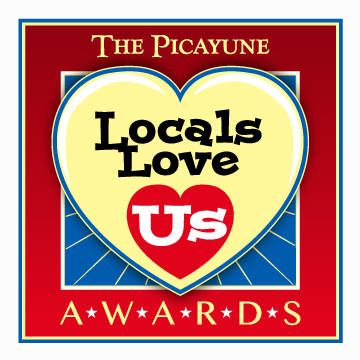Fort Croghan Day illustrates early times of Burnet

DANIEL CLIFTON • PICAYUNE EDITOR
BURNET — History sometimes stirs up memories of an old high school class and a teacher droning on about the Sherman Antitrust Act. Important, yes, but not actually something that makes you sit up in your chair and really take note (had you been taking notes, you probably would have earned a B instead of the C-plus.)
Thankfully, the folks at Fort Croghan Museum in Burnet know the best way to get people interested in history is by putting them in it. And each year, they do just that during Fort Croghan Day. This year, the event falls on Oct. 11 at the museum, 703 Buchanan Drive (Texas 29) in Burnet. The event is 9 a.m.-4 p.m. Admission and parking are free, but donations are appreciated since volunteers staff the museum and events.
During a visit on Fort Croghan Day, you don’t have to worry about going from static display to static display reading a little plate affixed to some historical item. On this day, volunteers become the people living during the early days of Burnet and the surrounding settlements.

History becomes an interactive event between you and, well, history.
Many historians credit Fort Croghan with laying the foundation for the community that would later become Burnet. It’s possible the fort even helped carve out Burnet County. As early as 1847, the Texas Rangers used the fort — then called McCulloch’s Station — as a way station as they moved through the territory. In 1849, the federal government turned the station into Fort Croghan, and Company A of the Second Dragoon called the place “home.”
With first the presence of the Texas Rangers and then the U.S. Army, settlers began moving into the area. While the fort only remained a federal outpost until 1853, it was long enough to give those early pioneers a good, and formidable, foothold in the hills of Central Texas.
During the Civil War, the Confederate Army trained soldiers at the fort and stored supplies such as gunpowder there. While one of the original buildings that remains on the museum grounds stored gunpowder, none of the actual gunpowder remains. Which brings us back to Fort Croghan Day, when members of the U.S. Army 1st Calvary from Fort Hood will be on hand. In previous years, the group has brought a Gatlin gun that they fired (sans bullets.)
In fact, the museum is incorporating numerous groups and re-enactors throughout the day, so visitors get a sense of what life was like for early pioneers and settlers. These includes Buffalo Soldiers (African-American U.S. Army soldiers, typically calvary during the 1800s), Confederate soldiers, “Yankee” soldiers of the Civil War era, fur trappers, Native Americans and others.
Throughout the grounds, other living history programs will demonstrate how early pioneers cooked, made baskets, churned butter, ground corn meal, created rope and even roped calves. Visitors may even try out a few things.
There’s nothing like a few minutes of churning butter to appreciate the times in which we live.
No microwaves or grocery stores here.
And kids can even watch clothes washed the old school way — by hand.
While the Sherman Antitrust Act might not come up, a day includes a teacher and a little lesson in the museum’s one-room school house.
There will be food, soft drinks and homemade baked goods available for purchase. Check out Fort Croghan’s Facebook page or call (512) 756-8281 for more information.
daniel@thepicayune.com



